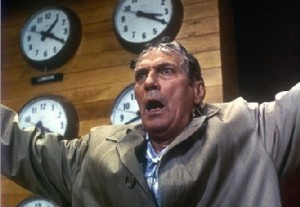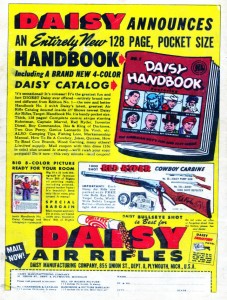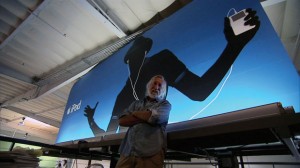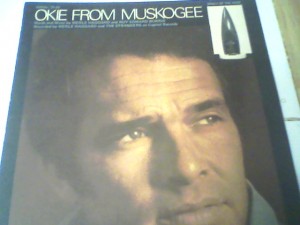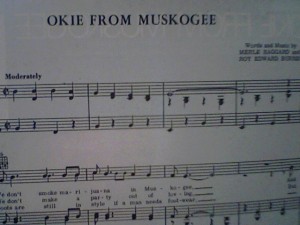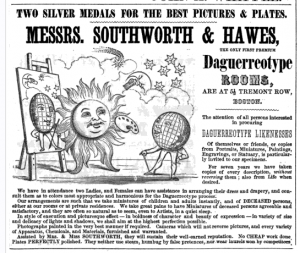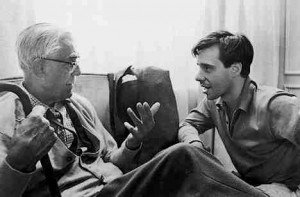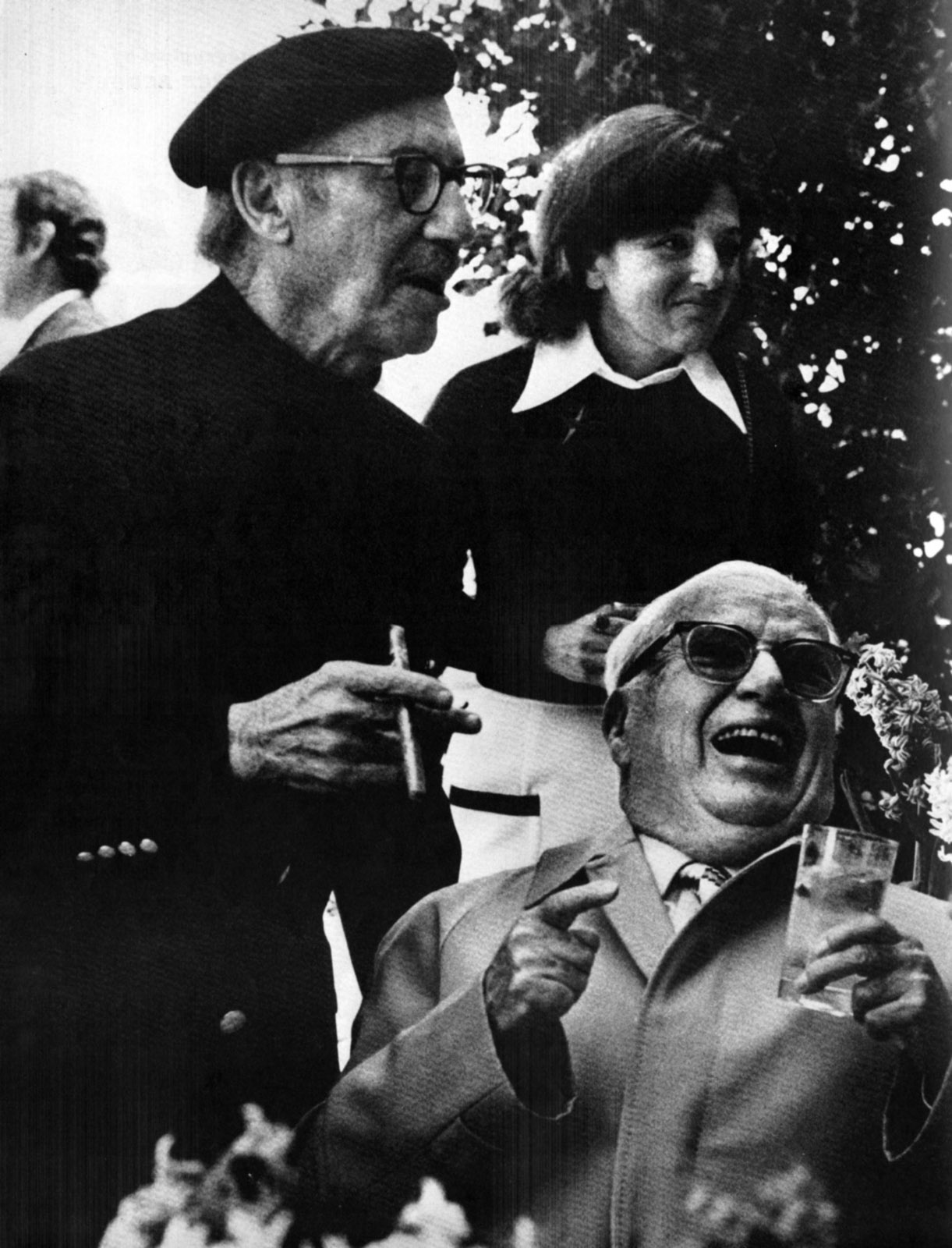
Groucho Marx, perhaps the greatest comedian of them all, sat down with Playboy in March 1974 for a wide-ranging Q&A. Groucho, who was 83 at the time, recalled everything from going to brothels with a young Charlie Chaplin to encountering anti-Semitism at country clubs. The following are a few excerpts.
_________________________
Playboy:
There’s a rumor that you and Harpo once went to a party naked.
Groucho Marx:
It was when we were playing in I’ll Say She Is and we were invited to a bachelor party for a friend of ours who was getting married. So Harpo and I got into the elevator and took off all our clothes and put them in suitcases. We were stark-naked. But we got off at the wrong floor, where the bride was having a party for her friends. So we ran around naked until a waiter finally came with a couple of dish towels—or, in my case, a bath towel.
_________________________
Playboy:
Have you ever been a victim of anti-Semitism?
Groucho Marx:
Oh, sure. Years ago, I decided to join a beach club on Long Island and we drove out to a place called the Sands Point Bath and Sun Club. I filled out the application and the head cheese of the place came over and told me we couldn’t join because I was Jewish. So I said, “My son’s only half Jewish. Would it be all right if he went in the water up to his knees?”
_________________________
Playboy:
The Marx Brothers have also had a number of literary friends. Didn’t you correspond with T. S. Eliot?
Groucho Marx:
He wrote to me first. He said he was an admirer of mine and he would like a picture of me. So I sent him a picture. And he sent it back. He said, “I want a picture of you smoking a cigar.” So I sent him one. Later he told me there were only three people he cared about: William Butler Yeats, Paul Valéry and Groucho Marx. He had those three pictures in his private office. When I went to visit him. I thought he wanted to talk about all those fancy books he had written, like Murder in the Cathedral. But he wanted to talk about the Marx Brothers. So naturally we became close friends and had a lot of correspondence. I spoke at his funeral.
_________________________
Playboy:
How did you and Chaplin first meet?
Groucho Marx:
I took a walk and I passed this dump theater, the Sullivan-Considine. I heard the most tremendous roar of laughter, and I paid my ten cents and went in and there was a little guy on the stage, and he was walking around kinda funny. It was Chaplin. It was the greatest act I’d ever seen. All pantomime.
Then the following week, I went backstage to visit him and tell him how wonderful he was, and that’s how we got acquainted. Each week we would be in the same towns in Canada; I can’t remember all the towns; this was a hell of a long time ago. We used to go to the whorehouses together, because there was no place for an actor to go in those towns, except if you were lucky, maybe you’d pick up a girl, but as a rule, you’d have to go to a hook shop. And then Chaplin and I got very well acquainted. Not together! I mean, I wasn’t with him! I was with him, but not with a girl, I mean….•


